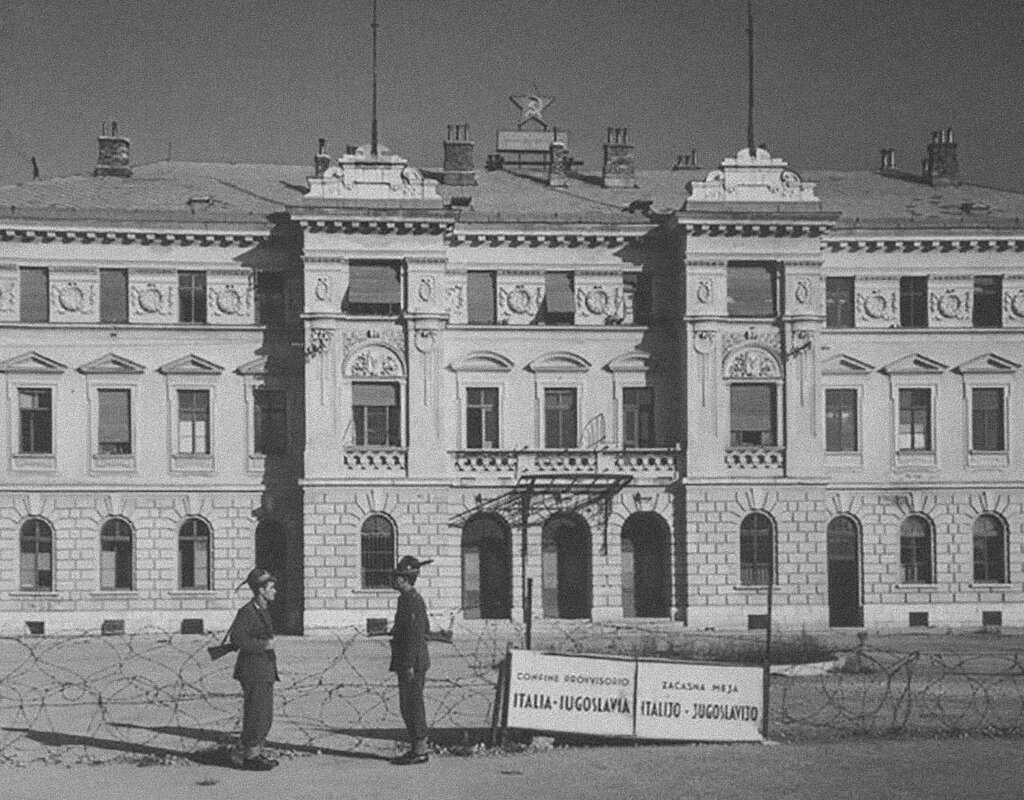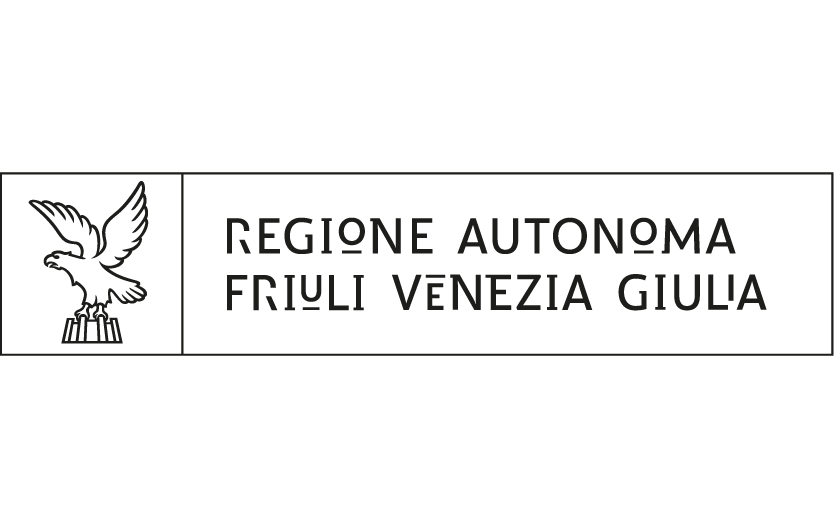Where:
Piazzale della Transalpina – Trg Evrope
Transalpina – Europe Square

Europe Square is the image of the two cross-border towns as well as the symbol of European integration, powerfully renouncing any kind of separation.
Historically, the area on the border between Italy and Slovenia has undergone several geopolitical changes over the centuries that have altered the shape of the border, creating conflicts, dividing and uniting the territory and population. Finally, with the collapse of Yugoslavia, Slovenia's independence and its entry into the European Union, a period of peace and cooperation began.
In 2011, a clear will for cooperation was demonstrated when three municipalities (Gorizia, Nova
Gorica and Šempeter-Vrtojba) founded the European Grouping of Territorial Cooperation - EGTC
GO, to identify and address common challenges and find solutions for the integration of the cities and the improvement of citizens' quality of life. Thanks to the EGTC GO, cross-border differences
have been transformed into cross-border opportunities.
A milestone in this process was the joint bid of the cities of Nova Gorica and Gorizia as European Capital of Culture (ECOC) for the year 2025. Under the slogan »GO!BORDERLESS« the two cities want to create a concrete, participative and effective cultural strategy, ultimately contributing to the improvement of the quality of life of the citizens of the entire border area.
The Transalpina/Europe Square, which is currently still a peripheral area for the two cities, will become the beating heart and soul of the agglomerate’s cultural and artistic programme during the year of the ECOC and in subsequent years.
The square
The square, which sits half in Italy and half in Slovenia, represents an important meeting point between the two cultures. Since the border was eliminated, it has become a symbol of friendship and cooperation between the two states. There are, however, still many administrative barriers to cross-border cooperation.
During the closure of the border due to Covid-19, it became an emblem of unity and connection, and nothing like the crisis period has shown us how the cities, although geographically located in different states, are actually connected through daily exchanges, basically forming a single agglomeration.















